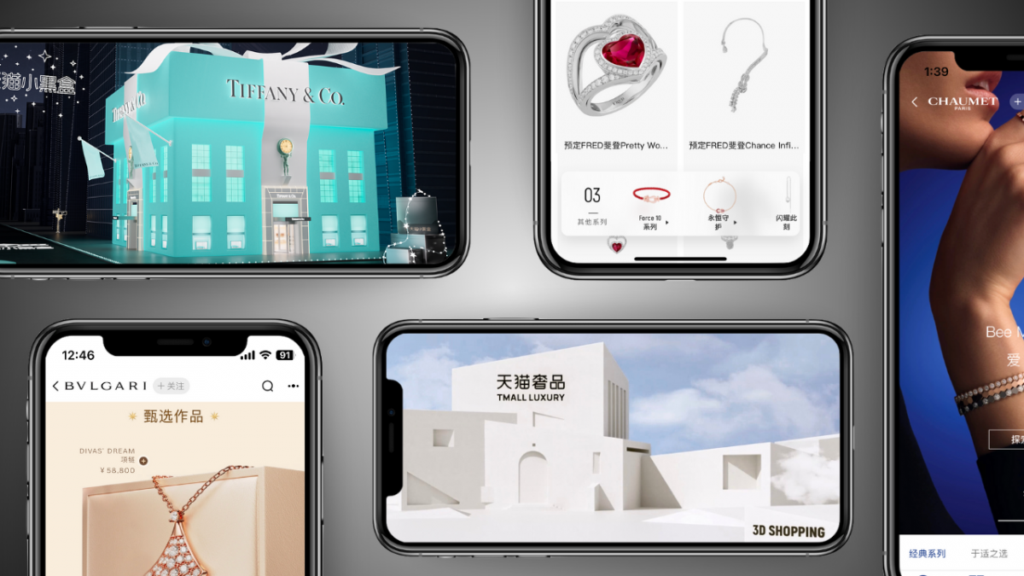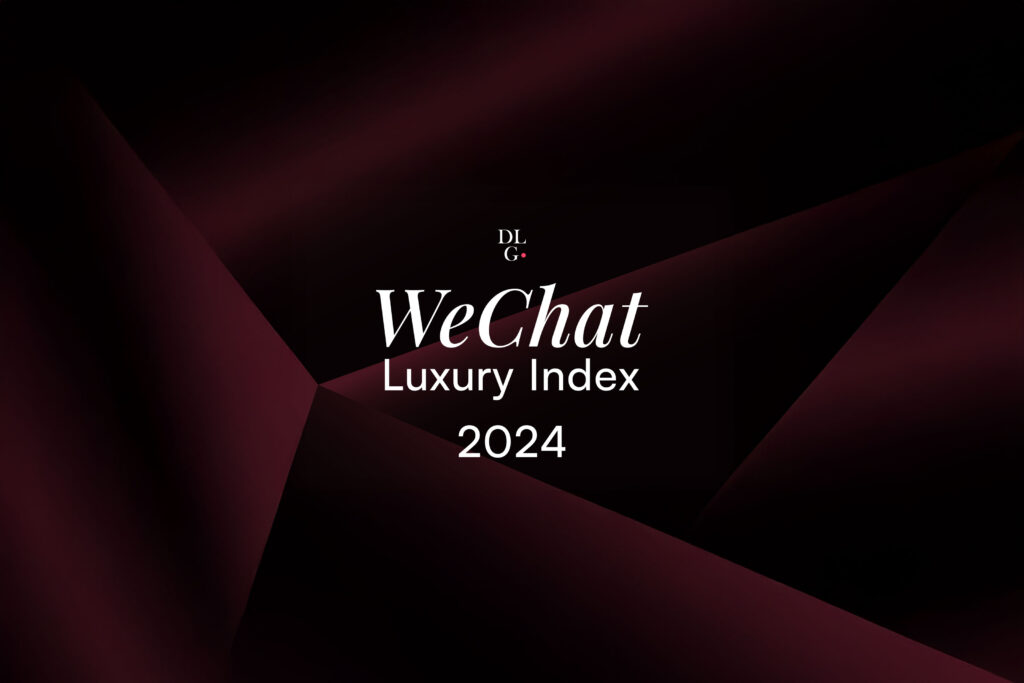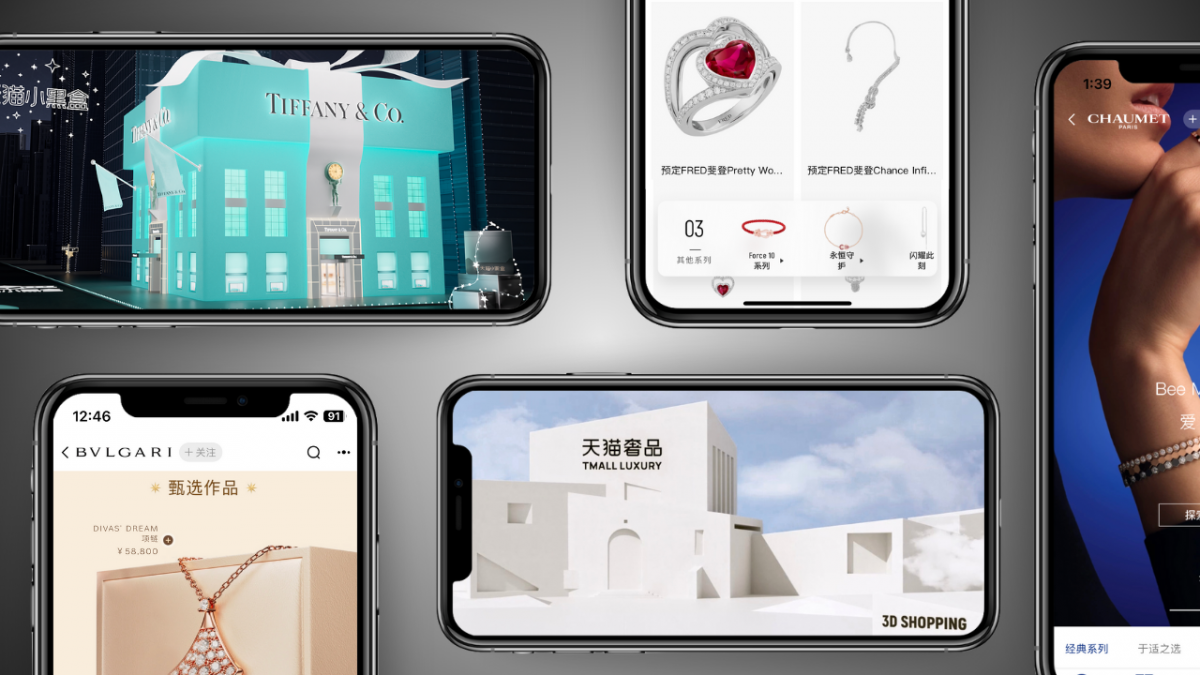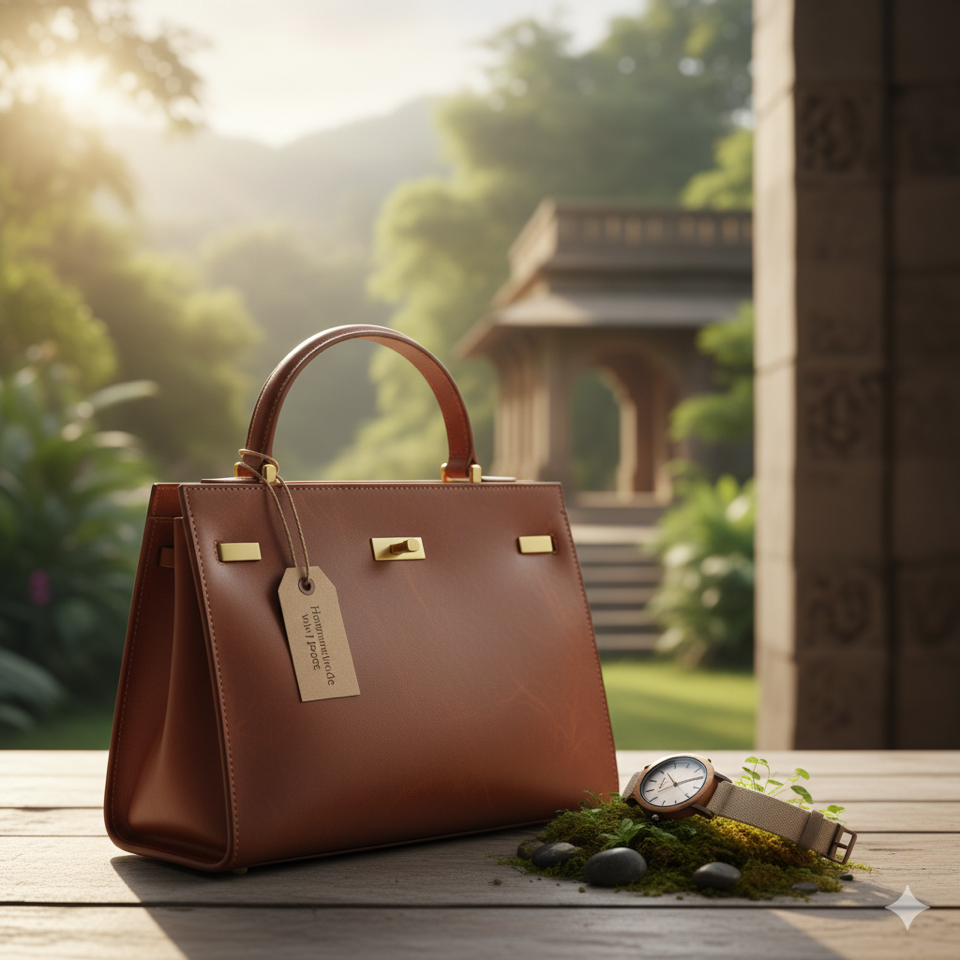Together, Chinese millennials and Indian millennials account for a whopping 47 percent of the global millennial population– here’s how they’re affecting the future of the luxury sector.


SOURCE: Agility’s Affluent Insights™ 2019 Travel Report
In terms of travel activities, affluent Indians are primarily interested in typical leisure activities including sightseeing, shopping, and beach. Meanwhile, affluent Chinese consumers are interested in a wider variety of activities, from city tours to food and cultural activities. Many are also interested in outdoor physical activities such as mountaineering and bungee jumping.
Sixty one percent of affluent Indians prefer luxury items designed by local designers as compared to any other market in the region, though China comes second at 50%. Last year, driven by the understanding that there is a market fueled by the growing number of younger shoppers who are willing to spend, Italian label Zegna took to partnering with a local luxury brand in India.
In contrast, affluent Chinese consumers look towards “classic” brands such as Chanel, Dior, and Gucci. Agility’s in-depth study of Chinese affluent Gen Zs just last year showed that even younger consumers prefer luxury brands that have solid identities that stay true to themselves.
Local KOL Influence
Findings from the Asian Luxury Leaders Outlook 2019 showed that industry leaders are planning to spend more on online channels, particularly on KOLs and influencers.

Affluent Chinese and Indian consumers identify primarily with local celebrities, with Indians aspiring towards Bollywood stars such as Deepika Padukone and Ranveer Singh (who recently wedded each other – their first post-marriage TV advertisement made the news), and Chinese consumers continuing to turn to Fan Bingbing and category relevant individuals, such as high-profile model Liu Wen and Hallyu star Kris Wu.
Finally, they are also similar in their top planned spends for this year. Aside from automobiles, affluent consumers from both markets are looking to splurge on jewellery.
For China, a decade of large flagship expansions means that watch and jewellery sales channels are now concentrating on experience and showrooming. Conversely, the sharp rise in the jewellery market in India can be attributed to factors such as social media awareness, an expansion of the middle class, and the growing popularity of omni-channels among players. Though India’s market sees mainly local players—with Tanishq cited as the affluent consumers’ favourite—the visibility of brands is doubtlessly growing.
At A Glance
The above are just snapshots gleaned from Agility’s 2019 Affluent Insights China Report and India Report. These in depth reports focus on various categories including fashion clothing & accessories, jewellery, watches, skin care & make-up, premium alcohol, travel and finance.
• Which brands are most coveted by affluent Asians?
• Which brands have the most potential to grow in 2019 in each market?
• Where are they going next?
• What is the impact of digital and social media? Is traditional media still relevant?
• Which platforms do millionaire consumers refer to?
For access and full reports, please visit Agility Research.
Cover image credit: Pexels.










